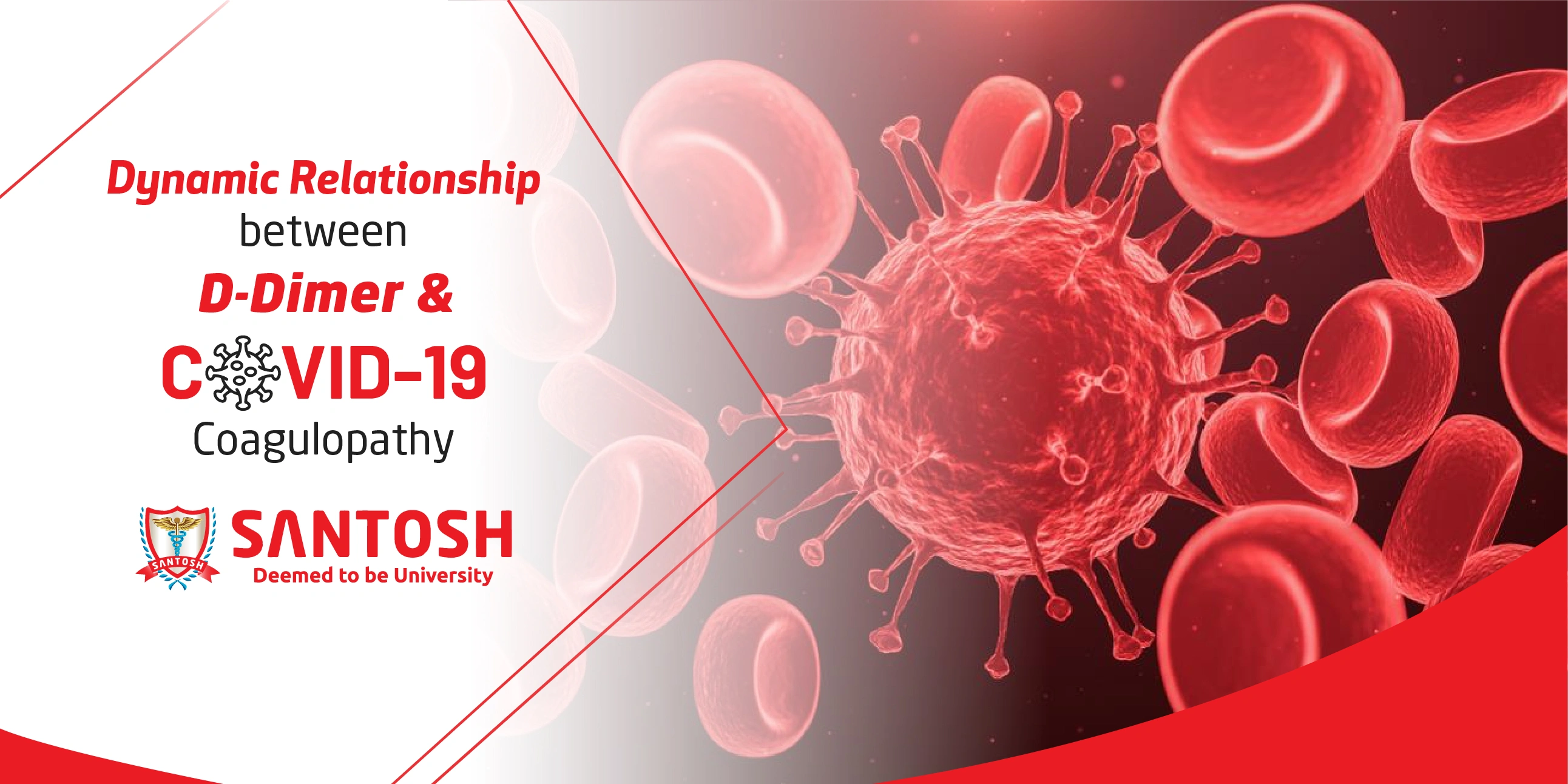
D-dimer is a degradation product of crosslinked fibrin resulting from plasmin cleavage. During fibrinolysis plasmin may degrade fibrin monomers, crosslinked fibrin polymers and possibly fibrinogen during systemic fibrinolysis following alpha2 depletion. All these fragments are collectively called fibrin degradation products (FDPs). D-dimer constitutes two adjacent fibrin ‘D’ domains (ends) that are cross-linked and released as an intact fragment, hence the name D-dimer.
There are two main types of D-dimer assays, each reporting different D-dimer units . The Fibrinogen Equivalent Unit (FEU) reports D-dimer levels based on the molecular weight of fibrinogen (340kDa), whereas the D-Dimer Unit (DDU) reports D-dimer levels based on its own molecular weight (195kDa), which is about half that of fibrinogen.
During plasma coagulation, soluble fibrin is generated. D-Dimers are released as characteristic degeneration products of cross-linked fibrin. Low D-Dimer concentrations can be used to exclude venous thrombic events (VTE) such as deep vein thrombosis of the leg (DVT) and pulmonary embolism (PE). On the other hand, increased D-Dimer levels indicate the activation of coagulation and following fibrinolytic processes demanding for further diagnostic and therapeutic approaches.
Because D-dimer is a product of cross-linked fibrin, it is considered a sensitive biomarker to rule out venous thromboembolism.
The dysfunction of endothelial cells induced by infection results in excess thrombin generation and fibrinolysis shutdown, which is indicated a hypercoagulable state in patient with infection such as COVID‐19. In addition, the hypoxia found in severe COVID‐19 can stimulate thrombosis through not only increasing blood viscosity, but also a hypoxia‐inducible transcription factor‐dependent signalling pathway. As evidence, occlusion and microthrombosis formation in pulmonary small vessels of critical patient with COVID‐19 has been reported from a recent lung organ dissection.
In the Central diagnostic lab at Santosh Hospital, d dimer levels are measured by Micro Latex Agglutination Immunoturbidity method.
Since December 2019, the severity of the coronavirus disease 2019 (COVID‐19) pandemic has been escalating. Coagulopathy is common in critically ill patients with COVID‐19.2 Systemic microvascular thrombosis may occur in most deaths, and was corroborated by a recent autopsy.3 However, less is known about the coagulation parameter D‐dimer in the progression of COVID‐19.
“D-dimer on admission greater than 2.0µg/mL (fourfold increase) could effectively predict in-hospital mortality in patients with Covid-19, which indicated D-dimer could be an early and helpful marker to improve management of Covid-19 patients.”Recently published IFCC Guidelines on COVID-19 strongly suggest D-Dimer testing in patients with COVID-19, since studies on SARS-CoV-2 revealed a high correlation between severity and outcome of COVID-19 in patients with increased D-Dimer levels.
For more info,visit: https://www.santosh.ac.in/

